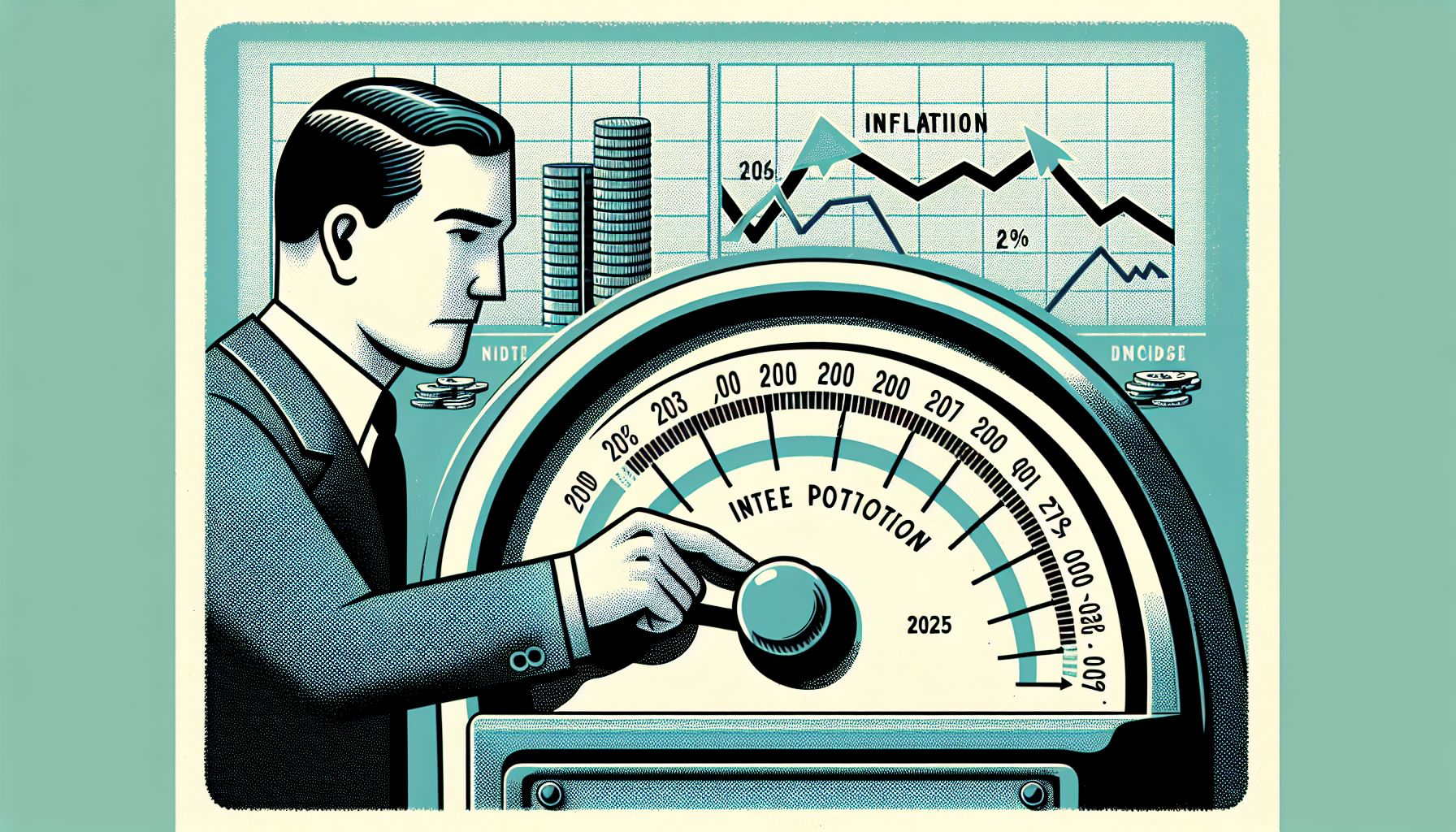Fed Chief Powell Signals Cautious Approach to Rate Cuts

Washington D.C., Thursday, 14 November 2024.
Federal Reserve Chair Jerome Powell indicates a slow, deliberate approach to interest rate reductions in 2025. Despite inflation nearing the 2% target, persistent pressures and economic strength allow for careful monitoring. Economists anticipate fewer cuts than initially expected, highlighting the delicate balance in managing inflation and economic growth.
The Federal Reserve’s Deliberate Tactic
Federal Reserve Chair Jerome Powell has emphasized a cautious approach towards interest rate reductions in 2025, marking a pivotal moment in the Fed’s ongoing battle against inflation. Despite inflation gradually moving closer to the Fed’s target of 2%, Powell stressed that it remains a concern, warranting careful monitoring before any significant monetary policy shifts. This perspective underscores a broader strategy within the Federal Reserve to avoid erratic shifts that could destabilize the economy, particularly as the U.S. economy demonstrates robust growth without immediate signs of overheating.
Economic Indicators and Market Reactions
Key economic indicators, such as the Producer Price Index (PPI), which rose by 0.2% in October, and the Consumer Price Index (CPI), which increased by 2.6% year-over-year, reflect persistent inflationary pressures[1][6]. These figures, while showing some moderation from previous peaks, highlight the complexities the Federal Reserve faces in balancing rate cuts with inflation control. Market reactions have been mixed, with the stock market indices showing slight fluctuations and traders cautiously optimistic about potential rate reductions in December[5]. The 10-year Treasury yield also dipped slightly to 4.43%, reflecting market expectations of further monetary easing[2].
Anticipated Rate Cuts and Economic Outlook
Economists have revised their expectations, now predicting fewer rate cuts in 2025 than previously anticipated. Initially, four cuts were expected, but Wall Street traders now foresee only two, aligning with Powell’s cautious stance[1]. The Federal Reserve’s emphasis on data-driven decisions means that the upcoming economic data releases will be crucial in shaping the Fed’s policy direction. The anticipated quarter-point cut in December remains uncertain, as Powell and other Fed officials continue to evaluate the economic landscape[6]. This approach is reflective of their broader goal to sustain economic growth without triggering a resurgence of inflation.
Challenges and Future Implications
The Federal Reserve’s strategy is not without its challenges. Persistent core inflation, which excludes volatile food and energy prices, has remained in the high 2% range for five months, complicating efforts to reduce rates without reigniting inflationary pressures[1]. Additionally, the political landscape, with Donald Trump’s recent election win, introduces potential policy shifts that could influence inflation dynamics, including proposed higher tariffs that may exacerbate inflation[6]. As the Fed navigates these complexities, its cautious approach aims to maintain economic stability while preparing for any unforeseen shifts in the global economic environment.